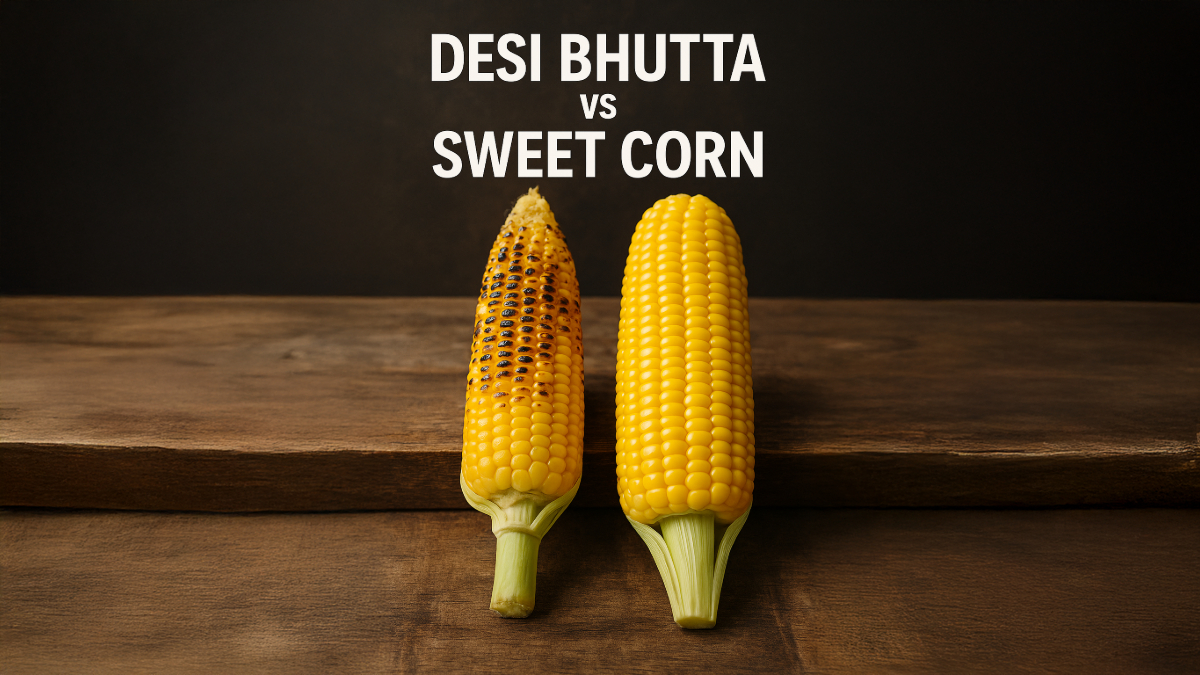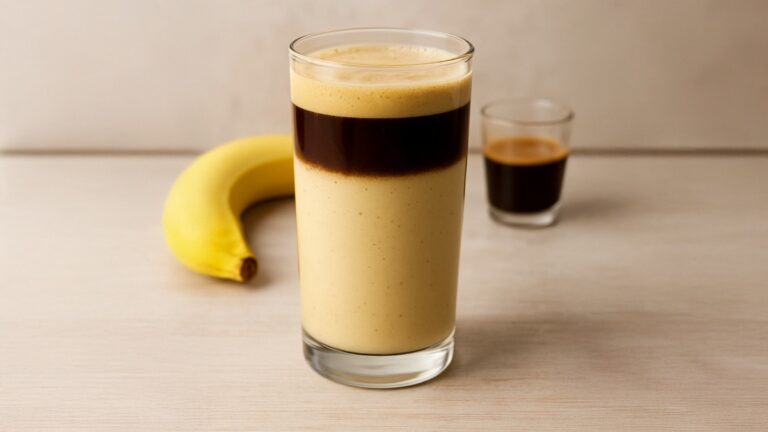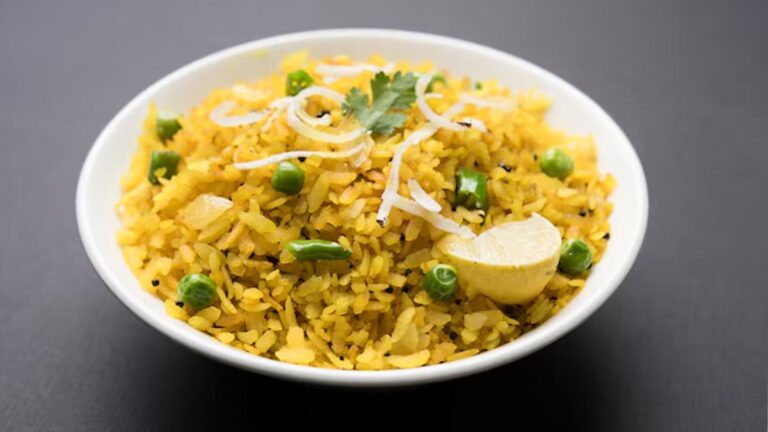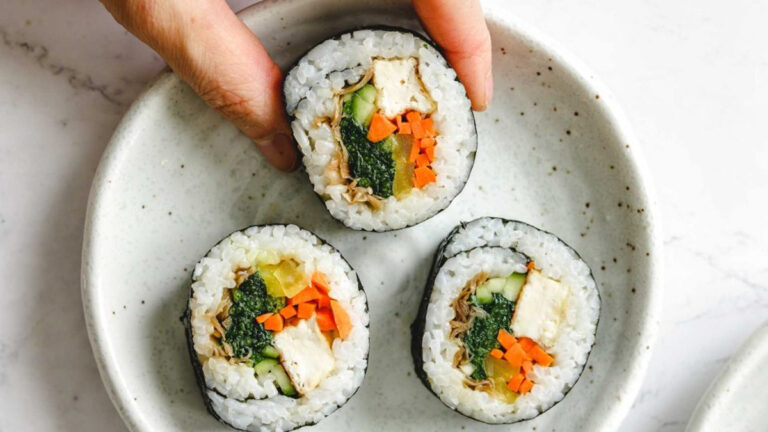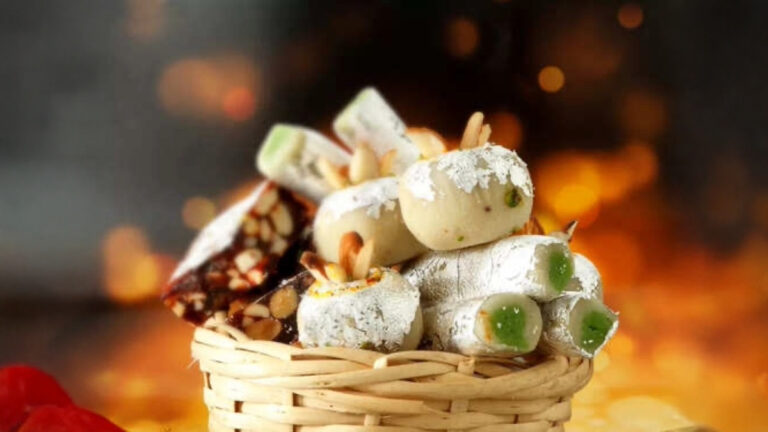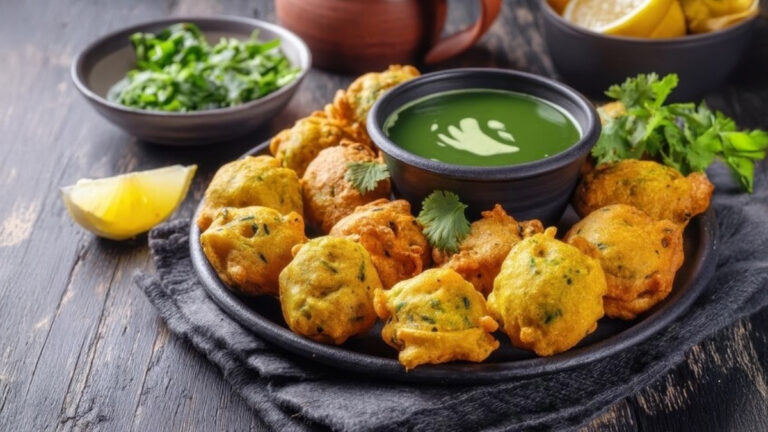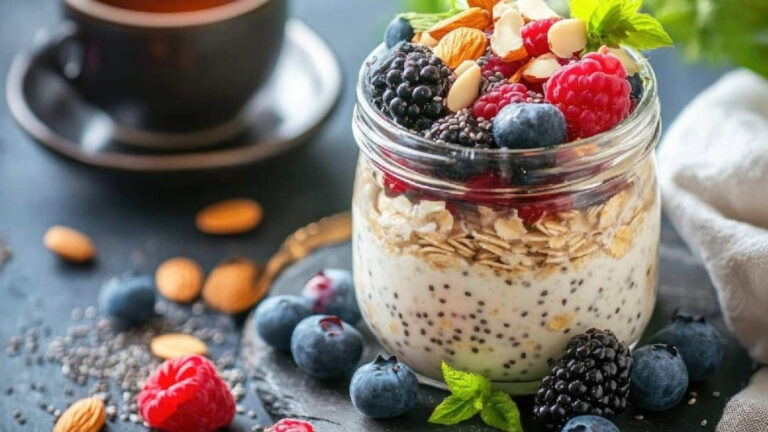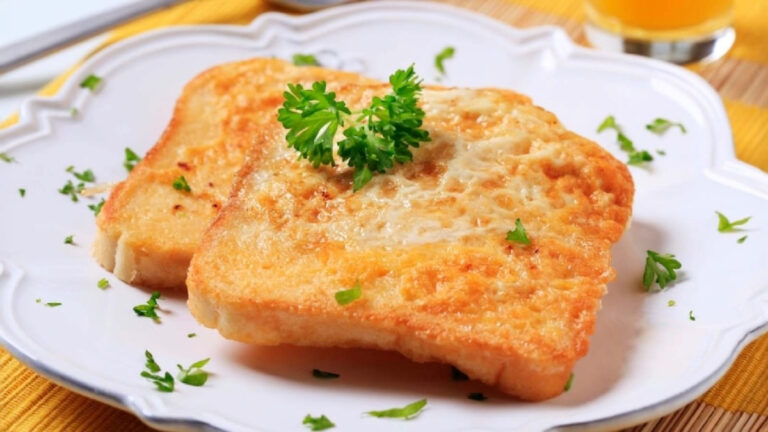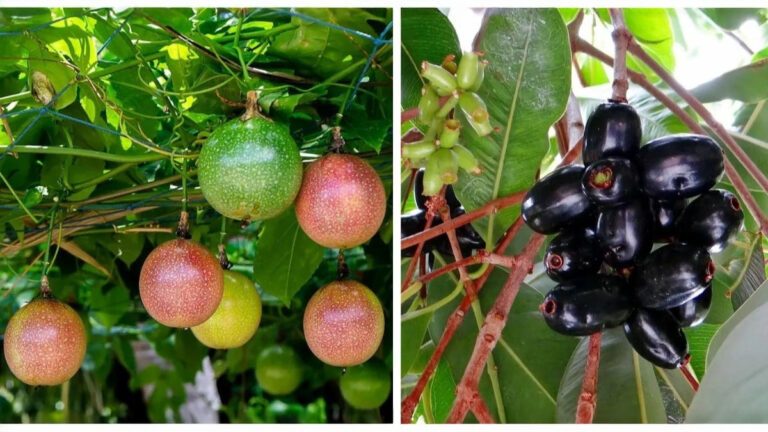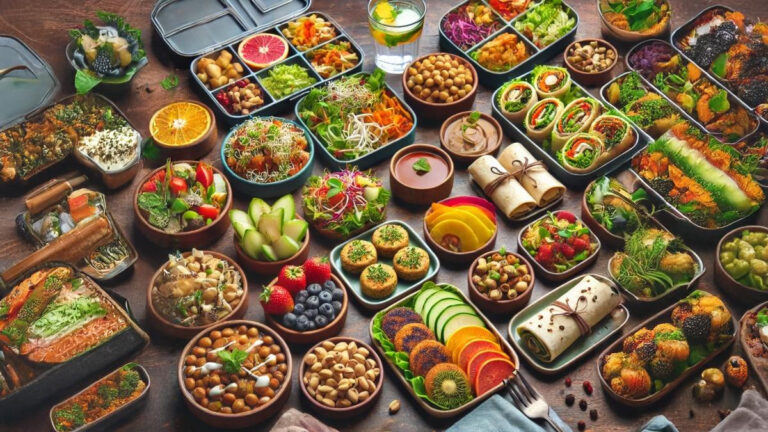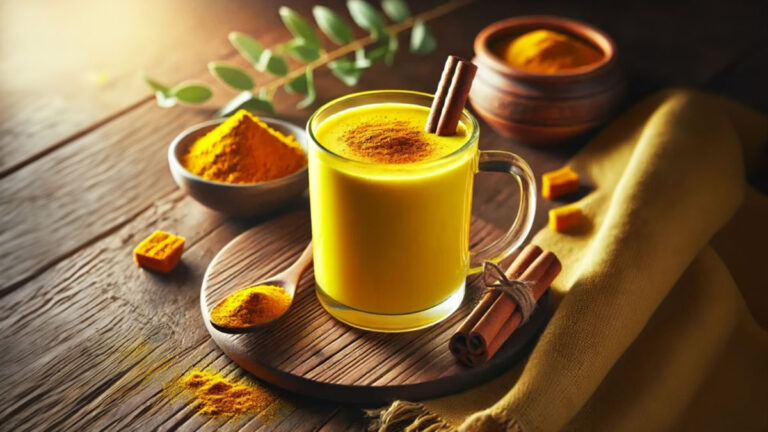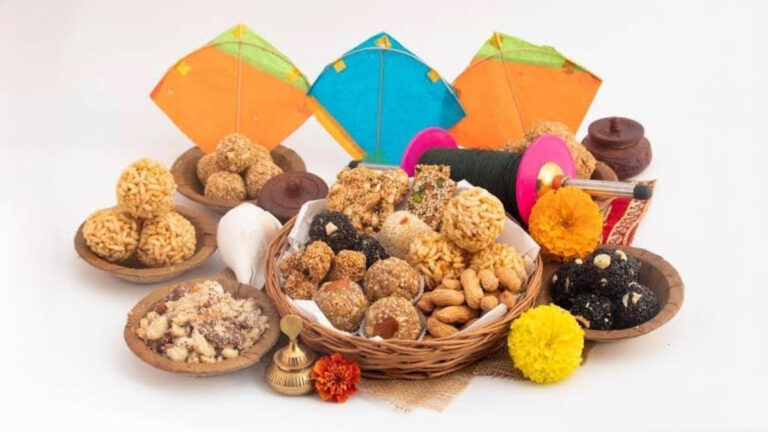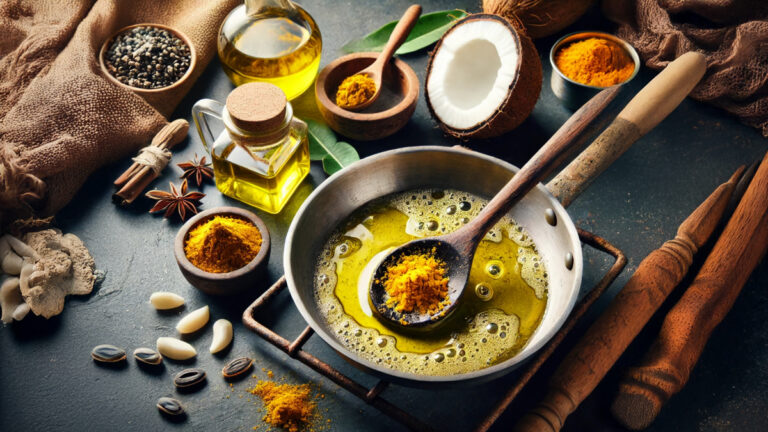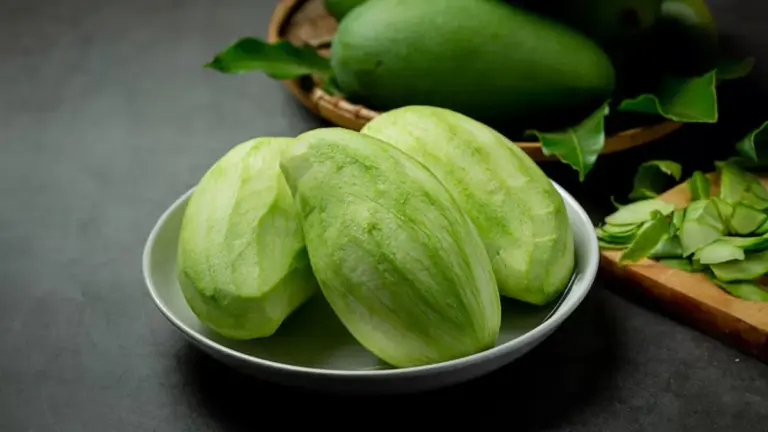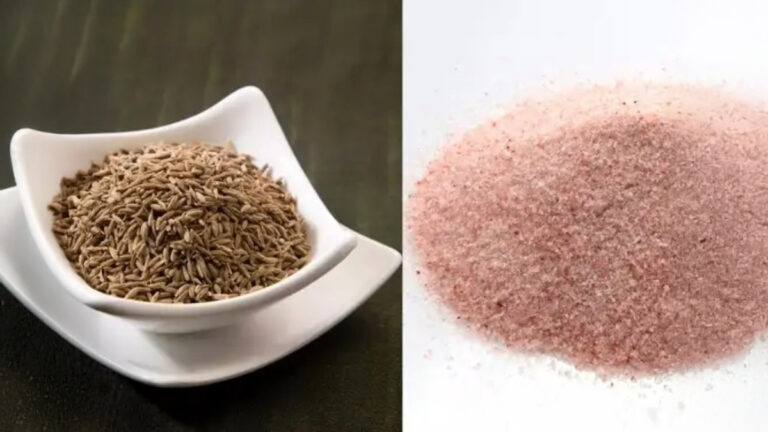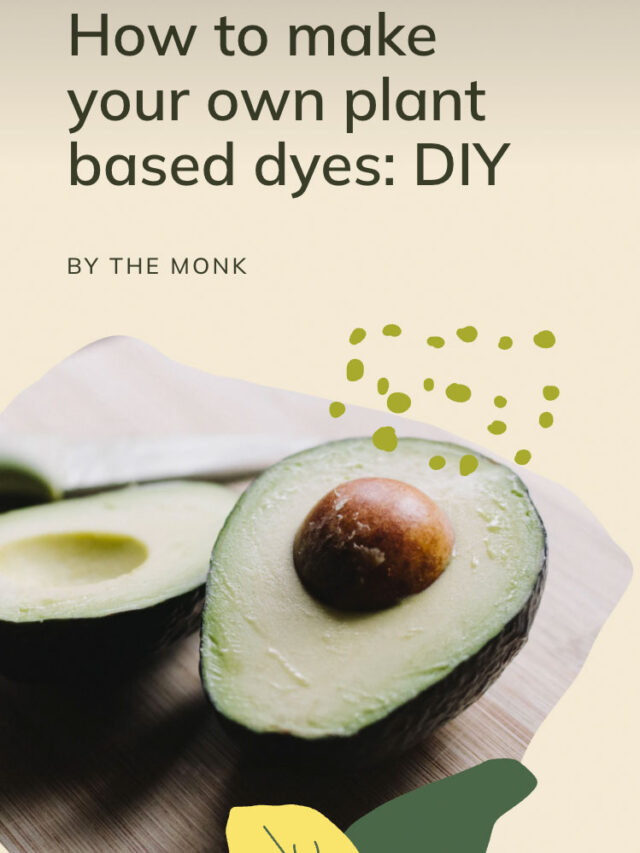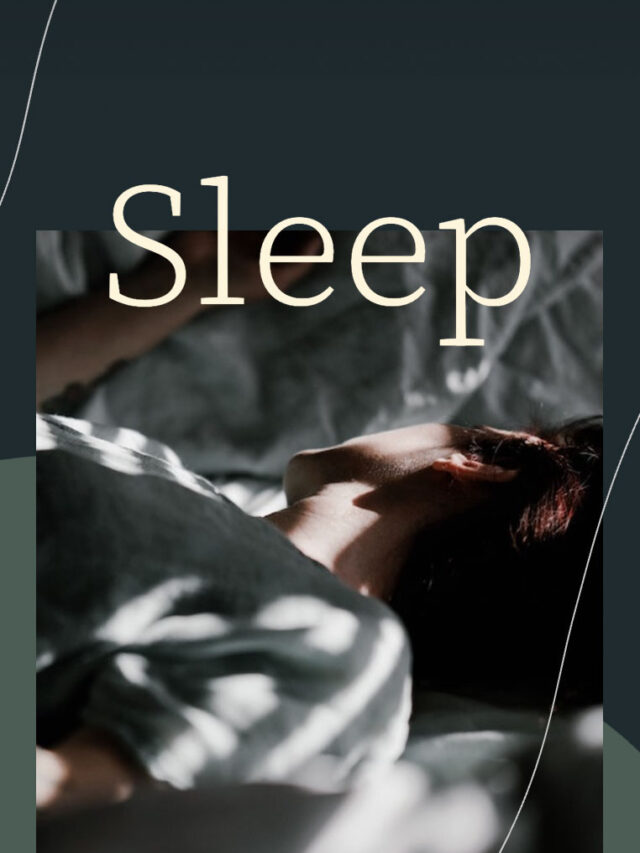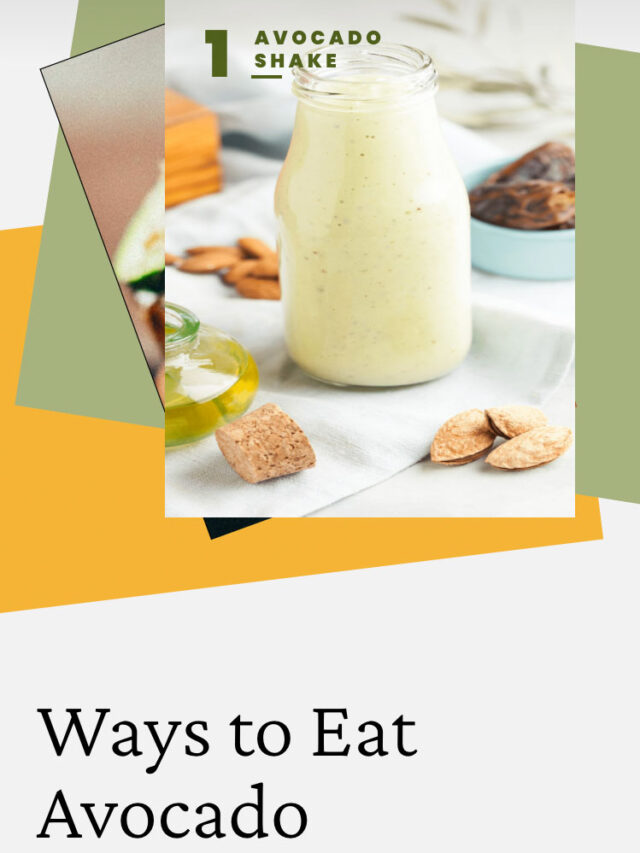Desi Bhutta vs Sweet Corn: As the monsoon clouds roll in, the streets across India come alive with the irresistible aroma of roasted corn. Whether it’s the smoky flavour of a char-grilled Desi Bhutta (native maize) smeared with lemon and masala or the soft, juicy sweetness of boiled Sweet Corn, this seasonal treat is a nostalgic comfort for many. But beyond the taste and tradition, have you ever wondered — which one is healthier: Desi Bhutta or Sweet Corn?
Let’s pit these two monsoon favourites against each other across various health parameters to find out who takes the nutritional crown.
1. Origin and Type
- Desi Bhutta (Native Maize):
Desi bhutta is the traditional variety of corn grown in India. It has a coarse texture, is slightly hard to chew, and has a mildly sweet, earthy flavour. This maize is usually less processed and closer to its natural form. - Sweet Corn:
Sweet corn is a hybrid variety, bred specifically for its high sugar content and tenderness. It’s widely used in salads, soups, and snacks, often sold as boiled kernels or in cups with butter and spices.
2. Nutritional Comparison (Per 100 grams)
| Nutrient | Desi Bhutta | Sweet Corn |
| Calories | 96 kcal | 86 kcal |
| Carbohydrates | 21 g | 19 g |
| Sugar | 1.5 g | 6.3 g |
| Protein | 3.4 g | 2.7 g |
| Fat | 1.5 g | 1.2 g |
| Fibre | 2.7 g | 2.0 g |
| Iron | 1.0 mg | 0.5 mg |
| Magnesium | 37 mg | 27 mg |
| Vitamin C | 6.8 mg | 6.1 mg |
Desi bhutta is slightly higher in protein, fibre, iron, and magnesium, making it a more nutrient-dense choice for those looking for sustained energy and improved digestion. Desi Bhutta vs Sweet Corn, Sweet corn, while softer and tastier, contains more sugar and slightly fewer essential minerals.
3. Glycemic Index and Blood Sugar Impact
- Desi Bhutta:
Lower glycemic index (GI ~ 48-52), meaning it causes a slower rise in blood sugar. Ideal for diabetics or those watching their insulin levels. - Sweet Corn:
Higher GI (60-65), due to its natural sugar content. It’s still moderate, but not the best option for diabetic patients when eaten in excess.
Desi bhutta wins again with its blood sugar-friendly profile.
4. Satiety and Weight Loss
Because Desi Bhutta is chewier and higher in fibre, it promotes greater satiety (feeling of fullness). This can help reduce overeating and support weight management. Sweet corn, being soft and sweet, can lead to quicker consumption and is often eaten in larger portions — especially with added butter or cheese.
Desi bhutta is better for weight watchers and fitness-conscious individuals.
5. Digestive Health
Fibre plays a crucial role in digestion. Desi bhutta has more insoluble fibre, which adds bulk to stools and aids in preventing constipation. Sweet corn has some fibre too but in lesser amounts.
However, people with sensitive digestive systems might find sweet corn easier to digest due to its soft textures
Desi Bhutta vs Sweet Corn is better for overall gut health, but sweet corn is more suitable for those with sensitive digestion or elderly individuals.
6. Additives and Preparation Methods
- Desi Bhutta:
Usually roasted over coals, it’s often eaten with a simple rub of lemon, salt, and masala — no additives, low fat, and no sugar. - Sweet Corn:
Commonly sold as buttered corn, cheesy corn, or spiced corn — often containing added butter, cheese, salt, or artificial flavours, significantly increasing calorie count and sodium.
Desi bhutta is a cleaner, more natural snack. Sweet corn, unless served plain, is often a calorie trap.
7. Cost and Accessibility
Desi bhutta is highly affordable and available on almost every Indian street corner during the monsoon. It’s a local, seasonal product, supporting small vendors and farmers.
Sweet corn, on the other hand, is slightly more expensive, often sold in packaged forms or at fast food counters in malls and cafes.
Desi bhutta is budget-friendly and supports local agriculture.
8. Taste and Preference
While Desi Bhutta has a smoky, rustic taste that many love, sweet corn offers a soft, buttery texture that appeals to kids and those with a sweet tooth.
This is subjective — taste depends on personal preference.
Which is Healthier?
Taking into account fibre, protein, natural sugar content, glycemic index, and processing — Desi Bhutta vs Sweet Corn clearly packs a healthier punch. It’s a traditional, whole-food snack that aligns with seasonal eating, supports digestion, regulates blood sugar, and promotes fullness.
That said, Sweet Corn isn’t unhealthy, especially if eaten plain and in moderation. It’s a good option for those seeking a softer texture or introducing corn to children and the elderly.
Both Desi Bhutta and Sweet Corn have their own charm and nutritional value. But if you’re looking for a wholesome, pocket-friendly, and health-packed monsoon snack — go for that smoky Desi Bhutta roasted over coals with a dash of lemon and masala. It’s not just a snack — it’s a seasonal experience rooted in Indian tradition.

